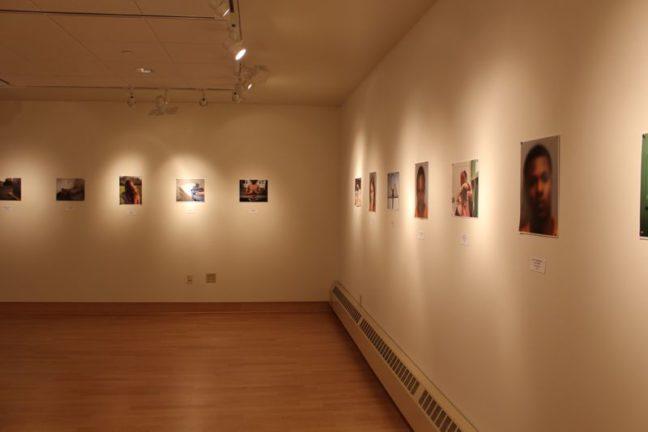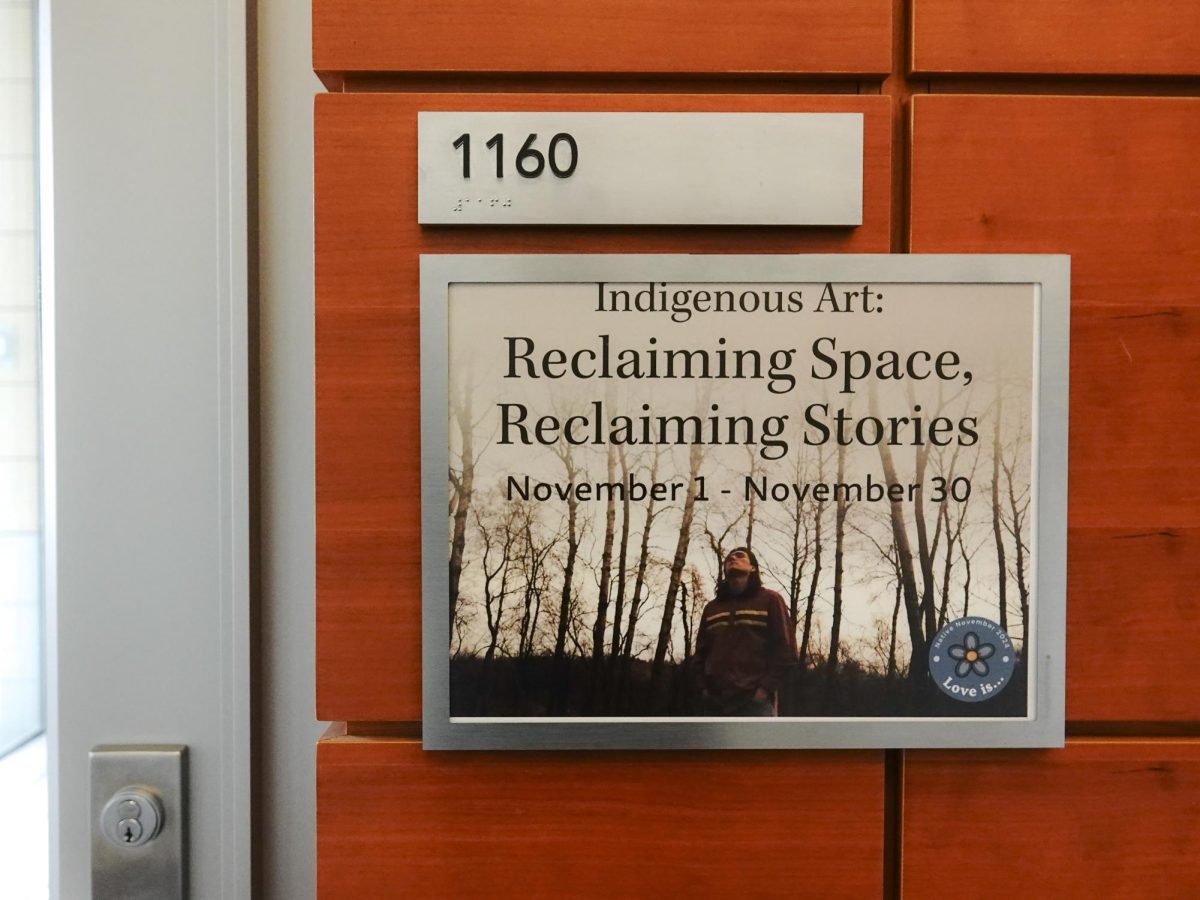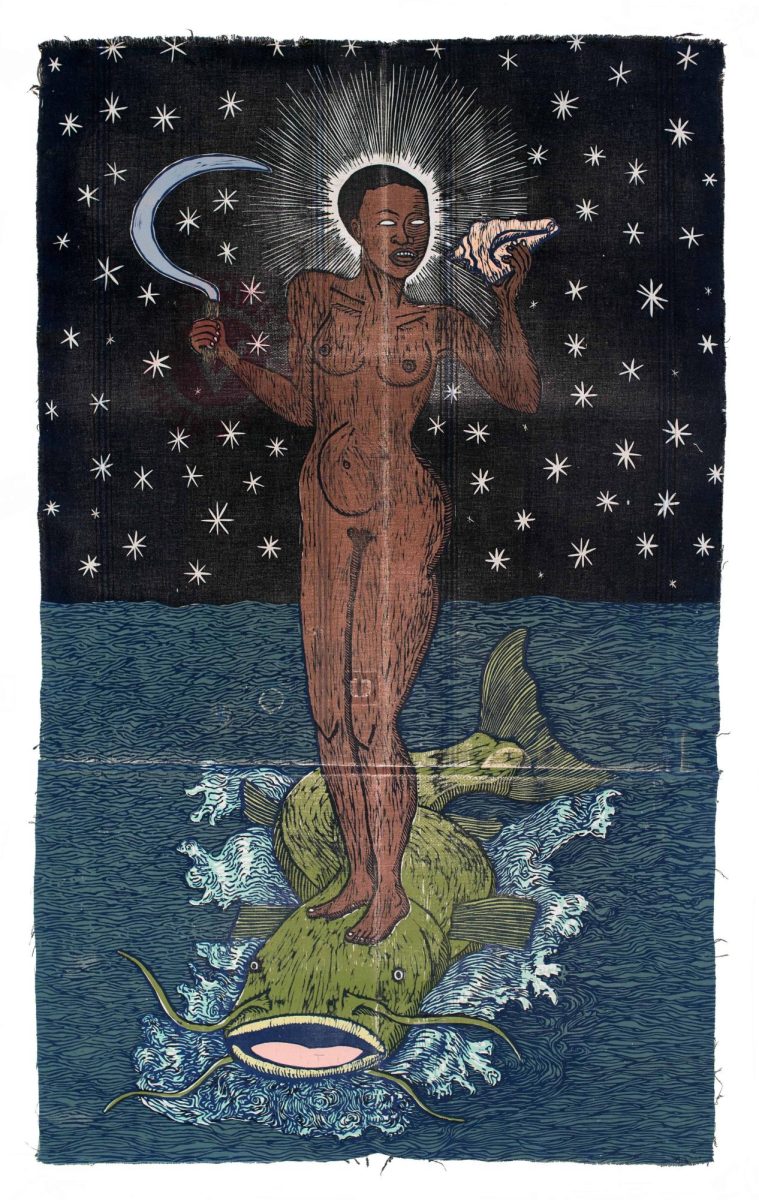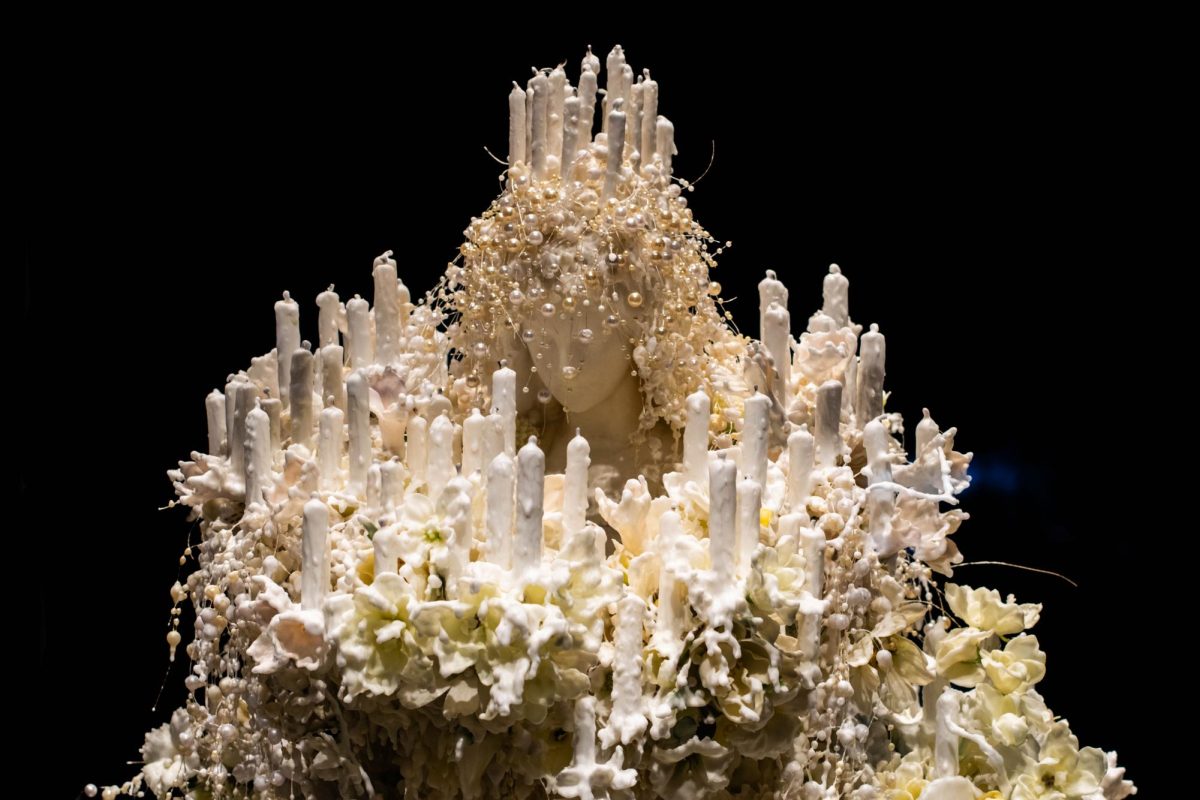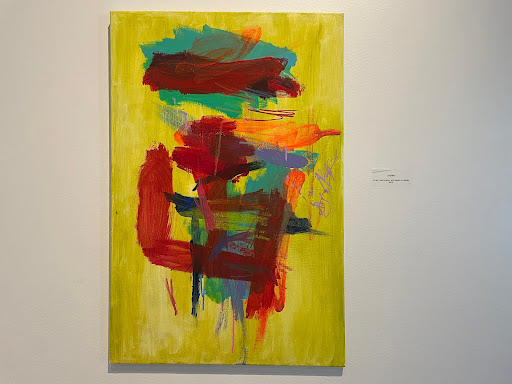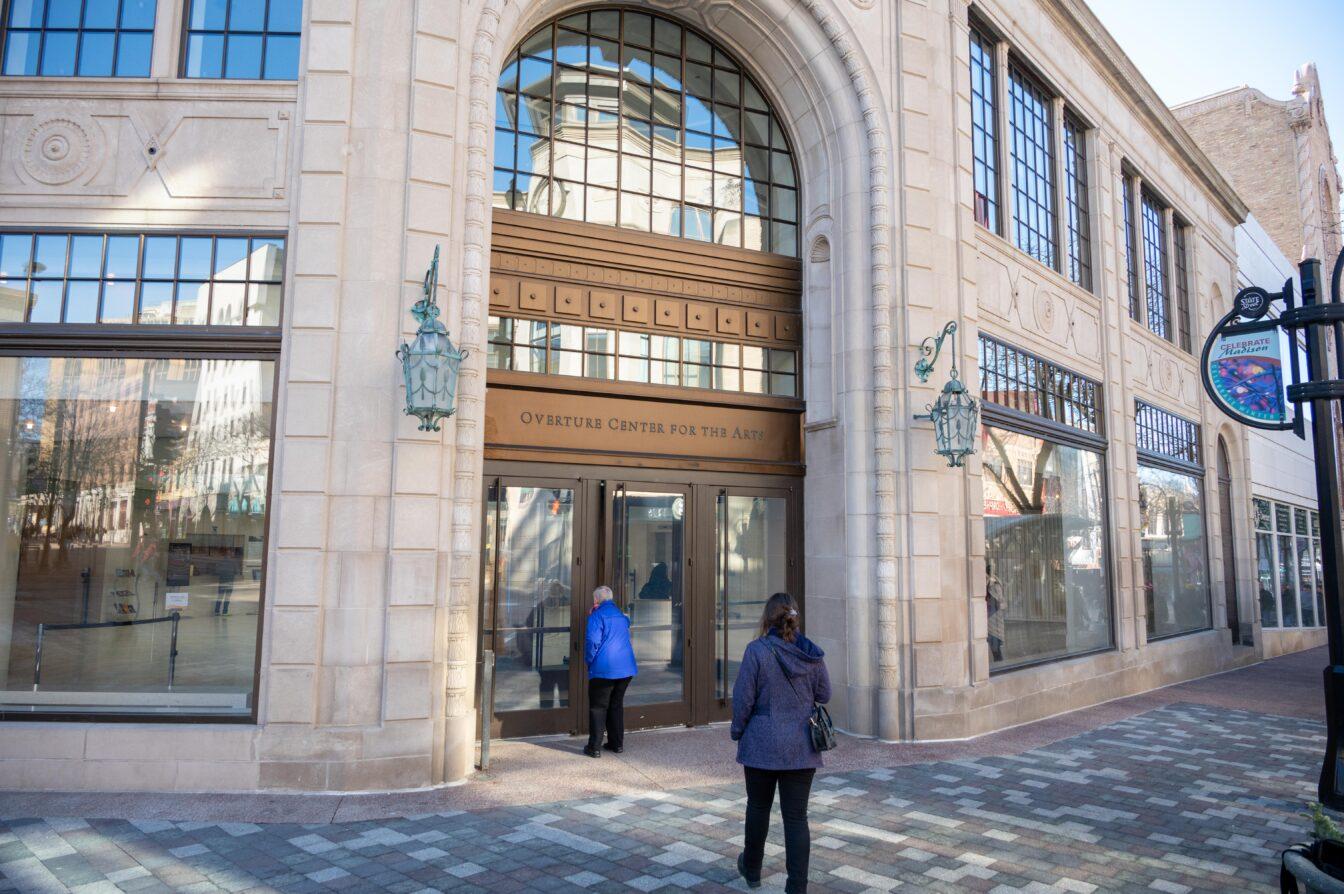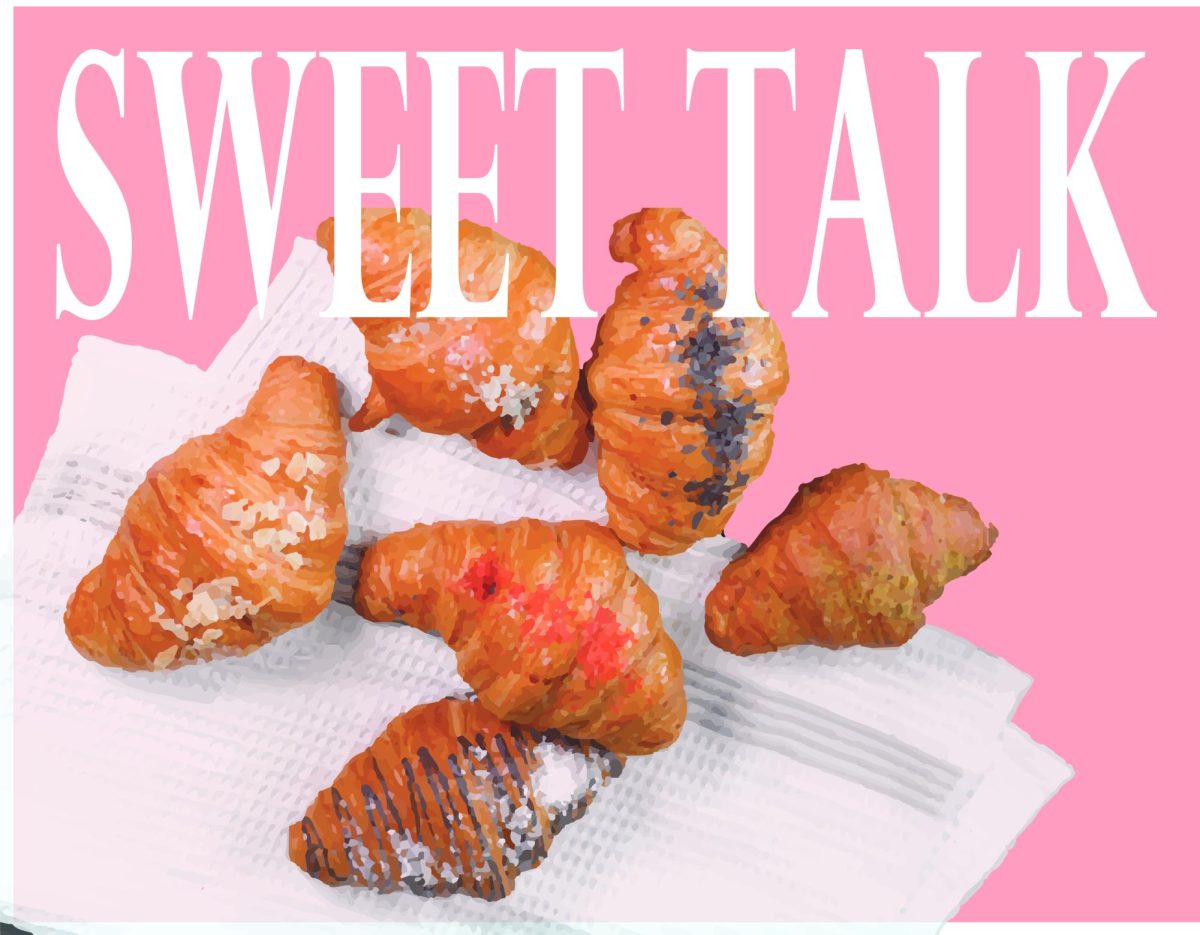Photographer Zora Murff brought his “Corrections” exhibition to Memorial Union’s Class of 1925 Gallery to give insight into youth experience in the criminal justice system.
Inspired by working as a tracker for Juvenile Detention and Diversion Services, Murff aimed to both humanize juveniles in the system and display the role images play in society’s perception of criminals.
The photographs lining the walls in the exhibit paint a picture of the minors’ complex identities in the system through depicting both blurred mug shots, still-life shots of their settings and images of children in and out of correctional facilities.
The exhibit follows the stories of a few minors as a way to show their individual experiences, growth and sometimes even their unfortunate re-entrance into the system.

UW Arts Institute’s artist in residence looks to blend nature, art
Murff makes it clear in both the exhibit itself and his artist statement that there are various external factors, such as education, socioeconomic status and race, that contribute not only to putting children in these facilities or detention programs, but that also place them at greater risk of re-entering following their releases.

In one piece entitled “Earl at 15 (130pm Visit),” Murff shows the tight embrace between a boy in the detention center and a young girl visiting him. While it is unclear what their relationship is, one can feel the emotion through this touching encounter between faceless individuals.
One portion of the exhibit displays photographs of the uniforms juveniles wear in detention centers: a standard-issue jumpsuit and sandals and an electric monitoring unit. While the rest of the photos show the individuality of each minor, these photographs show the uniform that strips away their identities.

Another piece, “Lucas at 15,” depicts a young boy sitting on his bike with his head down, deep in thought. The piece is eye-opening because it shows the real thoughts and lives of children in the system.
In Murff’s artist statement, he proposes alternatives to aiding minor offenders through addressing the underlying systemic causes, in order to help keep minors out of the system and away from future criminal activity as adults.
“Although community-based services are built to foster a collaborative relationship between juveniles and service providers, attaining the actualization of teamwork becomes problematic when juveniles feel that they have done nothing wrong, are victims of circumstance or do not fully understand why they have committed a crime,” Murff wrote.
Through the use of candid, still life and posed photography, Murff gives a voice to the minors in the exhibit and those in juvenile detention programs at large.
“Corrections” will be open at the Class of 1925 Gallery at Memorial Union until April 24.



